Making the Cut: Dissemination in the Time of COVID
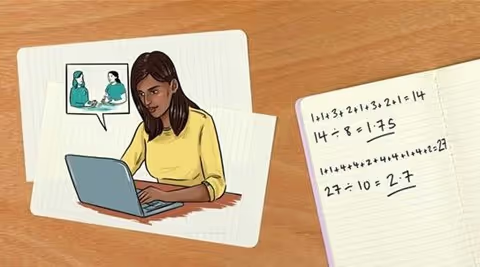
They say good news travels fast. But what about highly practical, niche information about actionable ways to improve monitoring and evaluation for GBV response programs in humanitarian settings? That mouthful of a sentence should give you a clue about the slow speed of dissemination in our field. Projects now are less likely to be summed up in a one sentence pitch yet, most projects involving innovation have a requirement for dissemination. The inconvenient reality is that we aren’t meeting up at in-person conferences anytime soon, so shouldn't we reconsider how we disseminate resources and why dissemination is still a core component of innovation funding?
To answer the latter, let’s go back. A little bit farther back. Okay, all the way to 490 B.C. This is when Pheidippides, a soldier, ran from the town of Marathon to Athens. A distance of approximately 25 miles (thus the namesake race), to announce the defeat of the Persians to the Athenians. That might be one of the earliest, perhaps most dramatic events of dissemination in history. Along with Luther’s nailing of his 95 Theses on the church door, or songs that contained codes used to communicate and give directions to the Underground Railroad. Historically, dissemination has played an indispensable role in moving ideas forward.
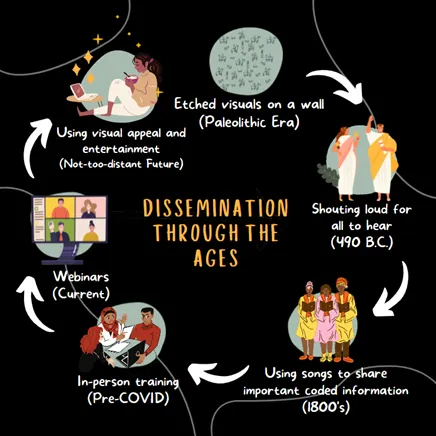
If we accept that dissemination isn’t going anywhere and functions as a pivotal part of our projects, why hasn’t the act evolved much since the great orators and authors of centuries earlier? Yes, we have replaced a nail and paper with a digital, easily sharable document. And we’ve swapped rooms full of people with participants joining via Zoom, but isn’t there more we can be doing? Regardless of how innovative or well-researched your resource, it won’t make the intended impact unless it gets to the right audience.
Given all that, where do we go from here?
With our project, Actionable, Impactful Data for Programmatic Decision Making, we’re testing out an approach that leans into brain science. Yes, we will have the traditional written resource, but we’re investing in upping the visual appeal and designing for step down trainings. Since many of us aren’t traveling to deliver a training in person, the onus is even higher to create content that can aid in future facilitation and self-guided learning.
Perhaps you’re thinking – wait a minute - what exactly is the science behind visual learning?
- The majority (65%) of the population are visual learners.
- The brain processes visuals 60,000 times faster than text, which is crucial if you also consider the attention span of learners is eight seconds (that’s not a typo, and if you made it through this whole parenthetical phrase, you might have a longer attention span than most).
- Information learned through visual elements is retained for longer periods of time because it goes straight into long-term memory, which increases overall retention by 29-42%.
So, how have we leaned into the science with our project?
Instead of just our typical written resource delivery, we have produced alongside it a series of videos to complement the written materials and act as training aids. These have been produced through a combination of professional and in-house animation (the latter produced through Vyond and Screencast-O-Matic). The intent of the videos is to reach GBV frontline service providers (commonly caseworkers) with information that is quick, clear, and entertaining to watch. These can be used for orientations to the topic, training aids, or simply to refresh existing knowledge. For example, the video below shows how you can analyze the GBV Case Management Outcome Scales.
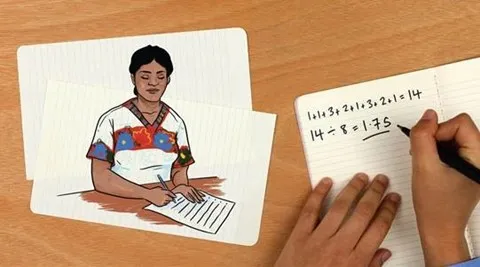
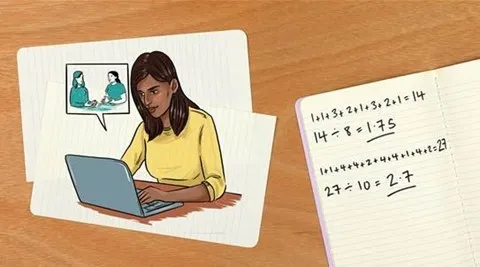
We have also engaged with a data artist to produce a static data visualization that takes data beyond the typical chart, to tell a visually-compelling story meant to evoke emotion from the audience. This serves two purposes. It provides a way to visually comprehend the actionable data that can be produced in our system, and shows the audience what is possible as an outcome of using these tools. (Stay tuned to IRC to see the final product).
These are two simple efforts that have already aided in getting out the word about actionable ways to improve monitoring and evaluation for GBV response programs in humanitarian settings. We might not have put in quite the amount of effort as Pheidippides did in running between towns, but with the right investment in producing resources that are quick, to the point and entertaining, the reach might be just as great.
To read more about our HIF-funded project, click here.
To see the videos, click here.
To read more about how to use sensitive data ethically, click here.
Stay updated
Sign up for our newsletter to receive regular updates on resources, news, and insights like this. Don’t miss out on important information that can help you stay informed and engaged.
Related articles


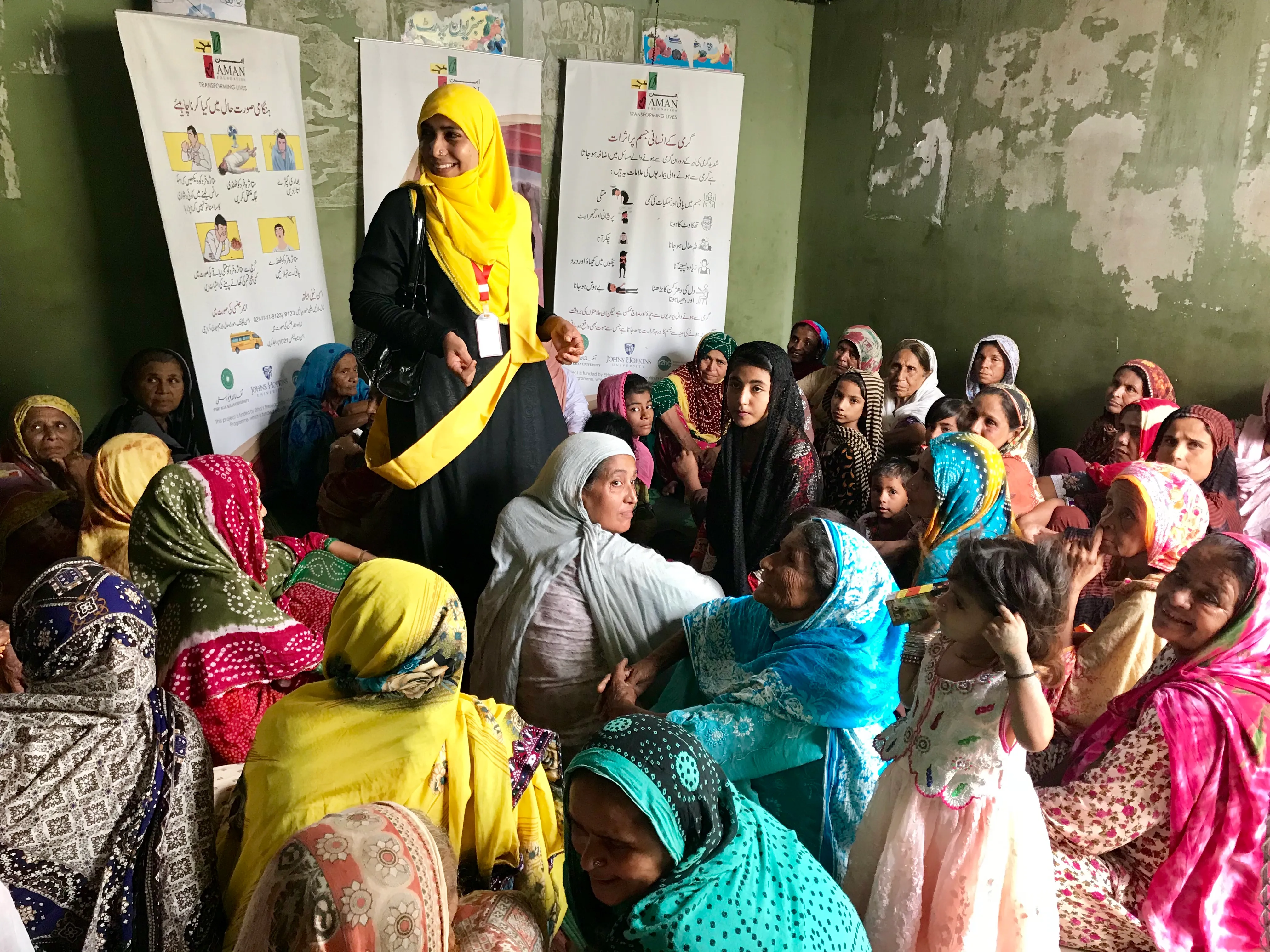
Explore Elrha
Learn more about our mission, the organisations we support, and the resources we provide to drive research and innovation in humanitarian response.